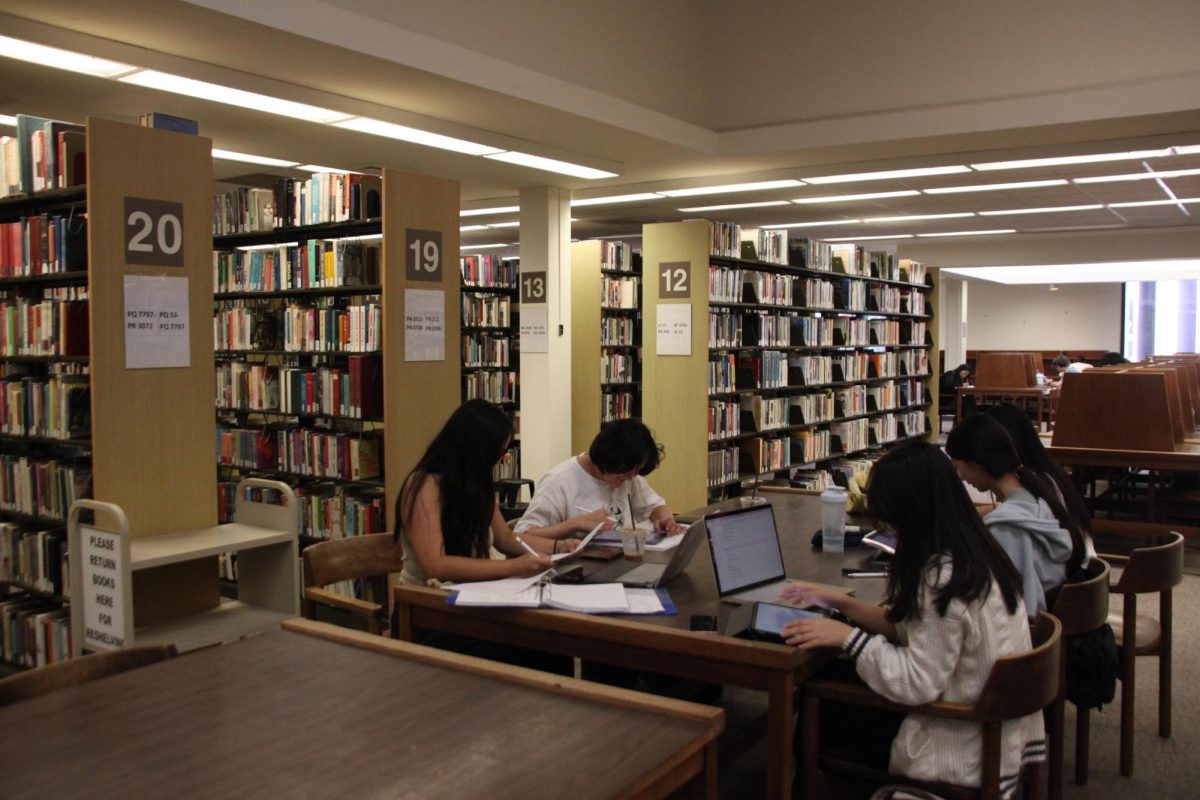Could green policies result in lower tuition fees?
November 4, 2014
Given the recent commotion surrounding the California drought and the threat of global warming, California community colleges could benefit greatly from adopting a more eco-friendly operation.
Berea College in rural Kentucky is doing just that. Despite its modest exterior, Berea College is home to arguably the most eco-friendly college campus, boasting an Ecovillage, a vast complex that consists of environmentally-friendly living quarters for its students.
An article by Bestchoiceschools.com states that all buildings in the Ecovillage include their very own garden plots, low-flush toilets, and a community aquaphonics system where student residents raise tilapia, catfish, herbs, and vegetables.
One might immediately assume that this sophisticated, state-of-the-art technology would come at a high price, but Berea College manages to keep its tuition fees at an estimated $6,900 per year.
A study conducted by Berea College’s newsletter, The Sustainable Campus, has revealed that converting to green technology has allowed the school to reduce its energy and water consumption by nearly 50 percent. Berea College says it is well on its way to achieving its performance goal of a 75 percent reduction in energy and water usage.
Similarly, De Anza Community College, located in the South Bay, has begun a green campaign by investing in more energy efficient technology for campus buildings.
Apart from the obvious environmental benefits, doing so might even result in reducing ever-increasing tuition fees. A reduction in energy and water consumption would mean that the college would see an equally proportionate reduction in electricity and water bills.
Some of these cost savings enjoyed by the school could then be transferred on to students, who could enjoy lower tuition fees by actively participating in conserving energy and water resources.
By doing so, they not only create a sustainable college campus, but also play a role in generating their own cost savings.
This may seem like a stretch of the imagination, but engineering major Yoon Seok Oh, 21, begs to differ.
“Considering the possible adverse consequences of carbon emissions and excessive energy consumption, DVC should invest in green technology,” he said. “We would definitely save money by cutting our energy consumption.”
“This idea is feasible,” he said. “We could convert to energy efficient light bulbs, and invest in technology that generates less waste. Even if we don’t eventually get lower tuition fees, at least we reduce our carbon footprint.”
Earth Club Vice President Virginia Yan, 19, agreed.
“The implementation of green technology undoubtedly comes at a high cost, but environmental degradation is an even higher cost to bear. In the long run, green technology allows for efficient energy usage and promotes environmental consciousness. I would encourage this as an ethical business practice.”
However, some students like Mitchel Kwok, 22, an economics major, are unsure of its prospects.
“In the long run, I do see green technology saving the school energy and utility costs but I am not optimistic on those savings being translated into lower tuition fees. The initial investment cost is high and there is a lack of any immediate pressure to make changes. Hence, I don’t realistically see any shifts in the near future.”
Though some may argue that converting our existing infrastructure to one that is environmentally sustainable would first require sufficient funding, the initial cost of this could easily be recovered through the term run cost savings enjoyed from the reduction in energy and water consumption.
Green technology would not only aid in creating an environmentally sustainable campus, but might even result in economically sustainable tuition fees in the future.














































































